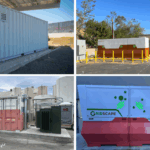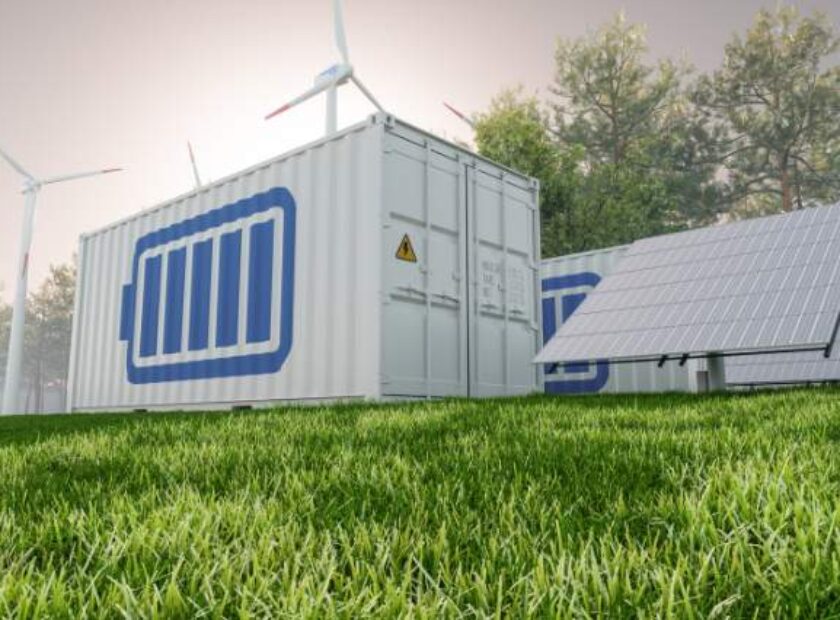We saw it coming: the blackout era isn’t a surprise

Last month, a massive power outage swept across Spain and Portugal. Trains stopped mid-track. Flights were grounded. Internet services crashed. Even hospitals had to delay care. It looked like a freak event — something caused by a sudden “atmospheric phenomenon,” as the headlines called it. But those of us in the energy world know better.
This wasn’t random. And it certainly wasn’t a one-off.
From California to Puerto Rico, the UK, we’re seeing a pattern: the TRADITIONAL GRID is cracking under pressure. It wasn’t built for extreme weather. It wasn’t built for decentralized generation. It wasn’t built to handle millions of EVs, unpredictable solar production, or new demands from AI and data centers. It’s an architecture from a different era trying to support a world that has clearly moved on.
We’ve been warning about this for years.
In fact, ages ago, when we at Gridscape started building microgrids, we weren’t doing it because it was trendy or futuristic. We were doing it because we saw where things were heading. A system that relies on long-distance transmission and centralized control simply can’t offer the resilience our communities need.
The solution?
A distributed, decentralized, intelligent energy ecosystem.
Why microgrids were never just about backup power.
Let’s clear something up: microgrids aren’t just generators in a fancier box.
They’re not just there to “keep the lights on” during an outage (though they do that very well). A microgrid is a complete, self-sufficient power system capable of operating independently or in sync with the main grid.
It combines solar, batteries, EV charging, intelligent control software, and in our case, a lot of edge intelligence. It’s modular. It’s scalable. And it’s built to serve local needs first.
That’s important. Because when the grid fails whether from fire, floods, heatwaves, cyberattacks, or just poor planning the only thing that matters is whether your power system can think for itself.
This is why we designed Gridscape microgrids to be more than just hardware.
They’re part of a complete energy ecosystem that:
- Generates its own clean power (solar)
- Stores it intelligently (batteries + second-life EV packs)
- Distributes it efficiently
- Responds to grid signals in real time
- Can island and operate independently during blackouts
- Manages EV loads and peak shaving automatically
- Aggregates into Virtual Power Plants (VPPs) when needed
This isn’t a band-aid solution.
This is the blueprint for the future grid.
From centralized dependence to local independence
We’ve deployed more than 60 microgrids across California already powering college campuses, city infrastructure, emergency response centers, industrial sites, and EV fleets. Each one designed for local needs. Each one part of something bigger.
When you connect multiple microgrids together, you don’t just create isolated power islands you create a resilient mesh.A network of decentralized assets that can support each other, reduce pressure on the main grid, and deliver real-time grid services.
This is the big shift we believe in:
Energy shouldn’t travel thousands of miles to reach you.
It should be made, managed, and consumed closer to home. Locally. Smartly. Sustainably.
What the blackouts are telling us
Every time there’s a blackout whether it’s in Europe, Asia, or our own backyard here in the US, it sends a message. We can’t keep patching a system that was never built for this kind of complexity.
We need to rebuild. Thoughtfully. Flexibly. Intelligently. That’s what Gridscape is doing.
One microgrid at a time. One city at a time.
We’re building the backbone of tomorrow’s energy system. It is local, scalable, data-driven, and ready for a future that won’t wait.





